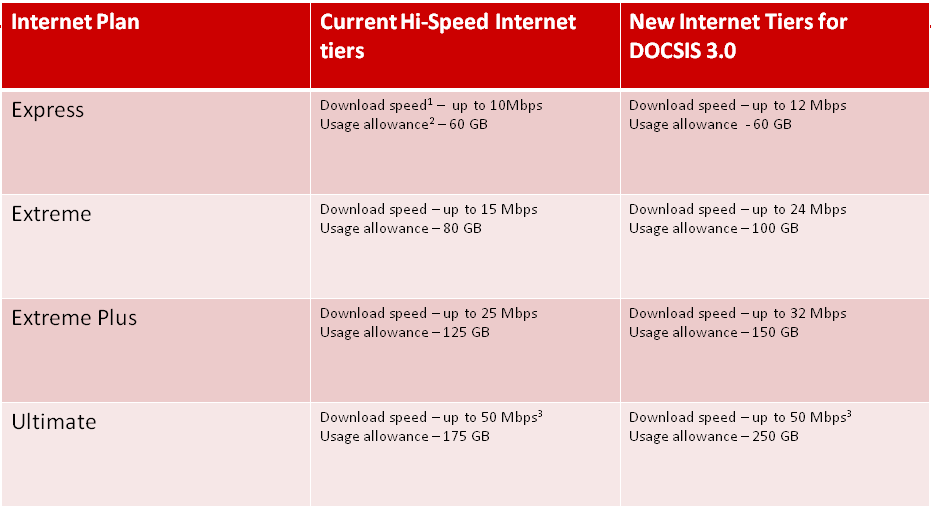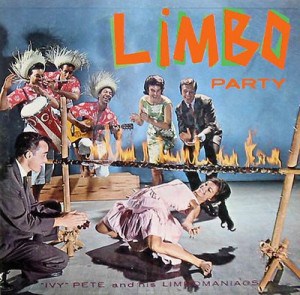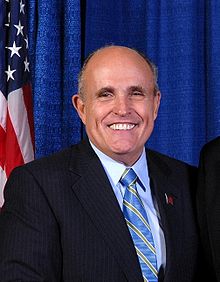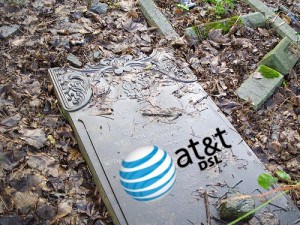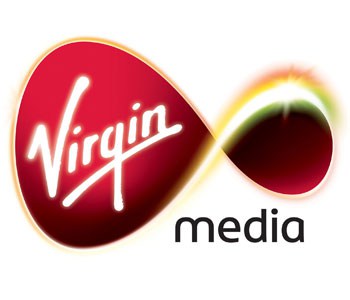 While cable broadband has never had the same impact on the United Kingdom that it has in North America, top honors for speedy service have been won by Virgin Media, who successfully tested the world’s fastest cable broadband network, delivering 1.5Gbps speeds in London’s East End.
While cable broadband has never had the same impact on the United Kingdom that it has in North America, top honors for speedy service have been won by Virgin Media, who successfully tested the world’s fastest cable broadband network, delivering 1.5Gbps speeds in London’s East End.
By combining multiple broadband channels together using DOCSIS 3 technology, cable companies can deliver extremely fast downstream speeds to customers, depending on how much of their cable network bandwidth they wish to dedicate towards broadband.
Virgin’s successful trial managed 1.5Gbps for downloading, but a comparatively slower upload speed of 150Mbps. The test, conducted in a redevelopment tech park designed to recreate Silicon Valley’s success in the United Kingdom, will likely lead to an eventual increase in broadband speeds for Virgin customers. The average broadband speed today in the UK is approximately 6Mbps, hampered primarily by substantial reliance on British Telecom’s DSL network. Satellite television became the primary provider of multichannel video in Great Britain, so development of cable television systems has never been as expansive as found in the United States and Canada. But where cable providers like Virgin do provide service, broadband speeds have been on the increase.
Communications Minister Ed Vaizey congratulated Virgin for the successful trial, pointing out Prime Minister David Cameron has prioritized technological infrastructure improvements in London’s East End, in hopes it will one day rival Silicon Valley.
“As people are simultaneously connecting more gadgets to the Internet and doing more online than ever before, Virgin Media is delivering some of the fastest broadband in the world and, thanks to our ongoing investment, we’re able to anticipate and lead the way in meeting growing demand for bandwidth,” said Jon James of Virgin Media.
Virgin currently delivers unlimited broadband service at speeds up to 100Mbps, but customers point out the service is subject to “Fair Access Policies” which reduce speeds for heavy users during peak usage periods, particularly for peer to peer file transfers.
It is unlikely 1Gbps service will be marketed for residential customers anytime soon, but as American cable companies have expanded marketing efforts towards the business broadband market, so could British cable providers like Virgin Media.


 Subscribe
Subscribe